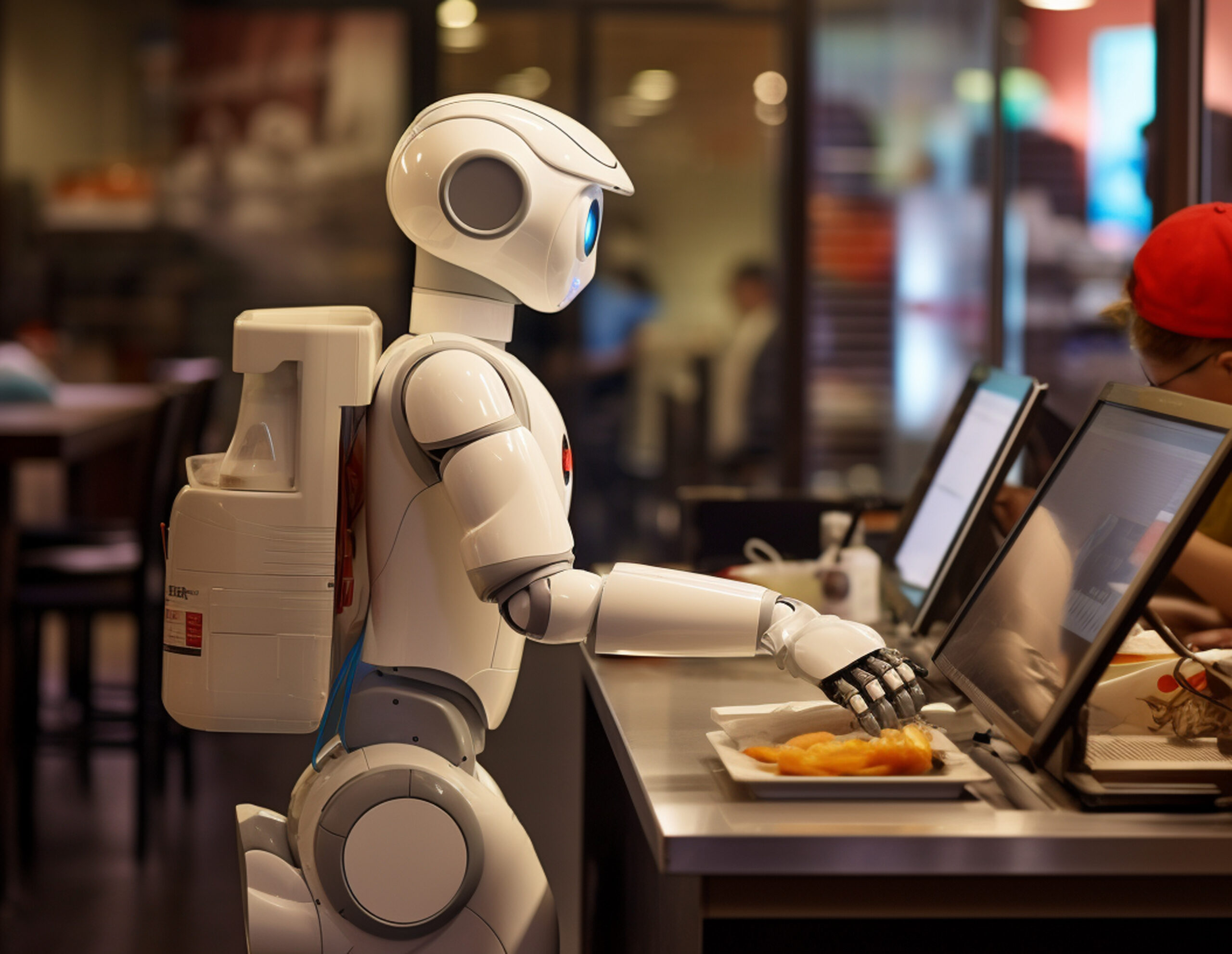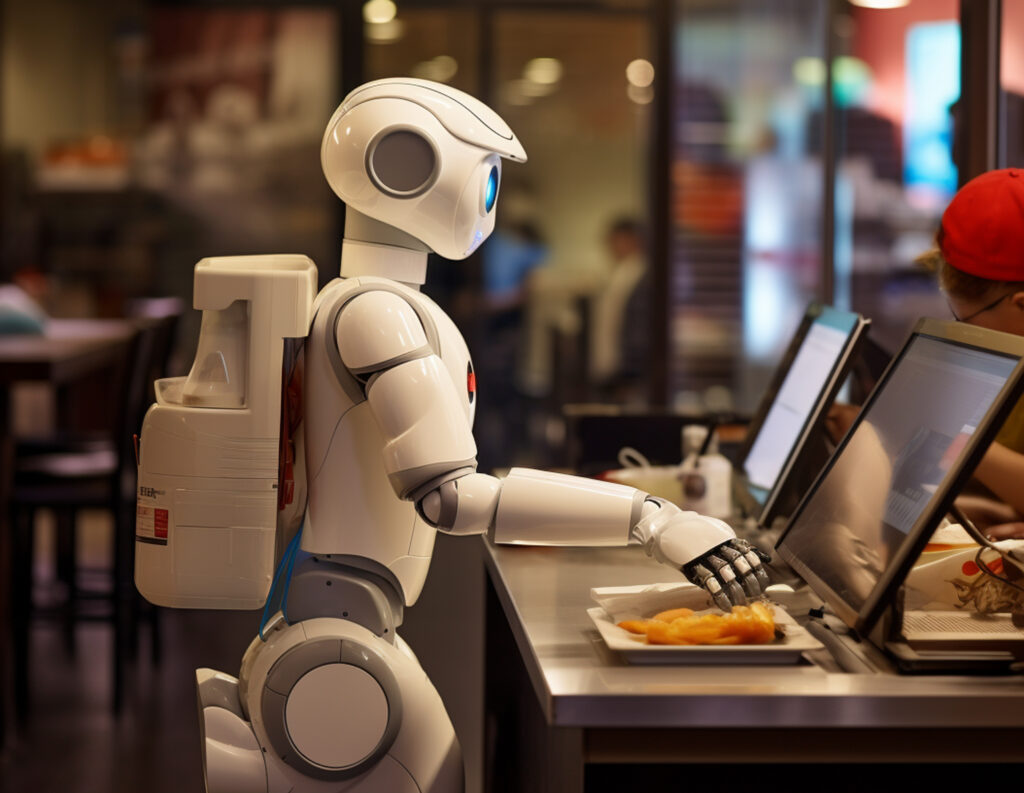Artificial intelligence (AI) continues to claim a dominant position in technology advancements with experts at Google seeking to stretch the bar through the use of novel information for training the AI models. They are exploring quite an interesting area of undertaking research in one of the most effective ways to teach artificial intelligence robots: through movies. This symbolic approach is unique and linearly different from conventional data collection and training, yet it is a world of possibilities and interesting questions.
The Concept Unveiled
Consider a situation in which robots are being trained in offices. Still, instead of training on data patterns or other artificial environments in which they are programmed to operate, the data they are learning from is movies. These films starting from dramatic productions or even as far as action movies are a treasure chest full of human behavior, social intercourse, environmental cues, and emotions. Thus, Google AI systems trying to identify patterns in the motion picture in question, to go deeper than merely identifying visual or linguistic patterns—what’s more, they seek to develop an understanding of the essentials of human civilization and conduct.
How It Works
Fundamentally, it entails using complex neural networks and machine learning approaches to search for relevant footage from movies which could take a couple of hours. These algorithms are designed to identify and categorize various elements within the scenes: from head gestures and postures to all the external signals, including the environment and background sounds and voices. By learning in such a detailed manner, AI robots obtain the capability to identify patterns, decode contextual meanings, and even estimate how humans are likely to respond within the existing environment as well as the diverse situations that may present themselves.
Applications in AI Development
The applications of this novel approach are wide-ranging and impactful:
- Enhanced Human-Robot Interaction: In this way, the teaching from movies can help AI robots get more sense of how to behave like a human beings. They can use cultural information, feelings that come with certain roles from the movies, and other circumstances that may be allowed in specific situations.
- Cultural Understanding and Adaptation: About different cultures existing in the world, in different periods of history, and existing ethical standards, we can learn from movies. It means that AI systems trained on the movie data can comprehensively learn about cultural differences, and thereby, the same systems are capable of working internationally with consideration and due regard for diverse cultures.
- Behavioral Simulation and Prediction: From the results of movie analysis, artificial intelligence robots can reproduce and estimate how individuals act in various settings. This capability is immensely useful for all types of applications starting from self-driving cars to ubiquitous smart health aids.
Addressing Challenges
However, this innovative approach is not without its challenges:
- Ethical Considerations: some of the questions that arise when using movie data are: privacy or rather lack of it; consent, which also seems to be an issue given the case; and, perpetuating biases in media portrayals.
- Realism vs. Fiction: To be effective, Realistic AI systems should be able to understand the difference between the normal human behavior in films and the human behavior portrayed in movies most of which are fantasies.
- Generalization to Real-world Scenarios: Skills and knowledge, that the movies inculcate, must translate to real-life practical utility, a process that involves strict verification and enhancement of AI models.
Future Prospects
Thus, the future development of AI as a socially and culturally minded technology of Google promises continual progress as the company actively develops and applies enhanced AI capabilities through more untraditional training processes, such as movie analysis. Such systems can bring about drastic changes to sectors like healthcare, entertainment, education, and more, with flexible approaches to addressing multifaceted issues and improving synergy between man and machine.
Conclusion
All in all, Google’s attempt to utilize AI robots learning from movies clearly shows that the company is constantly pushing the envelope by coming up with new and creative ideas for AI applications. In so doing, they are building the basis for true AI systems that not only ‘see’ and comprehend the contents of movies but also, in their ability to feel and respond, enact forms of cognition once thought of as human. Thus, with each step taken on this journey, it is clear that there is a future that will make us rethink concepts of intelligence and creativity along with the Singularity and technological innovation as tools for displaying human potential.
In these ways, Google and the wider artificial intelligence community are set to open up new avenues of understanding in complete machine learning, thus taking us nearer to a future in which AI robots are no longer merely bystanders in the human script-reality of movies but active participants in the formation of our technological environment.




